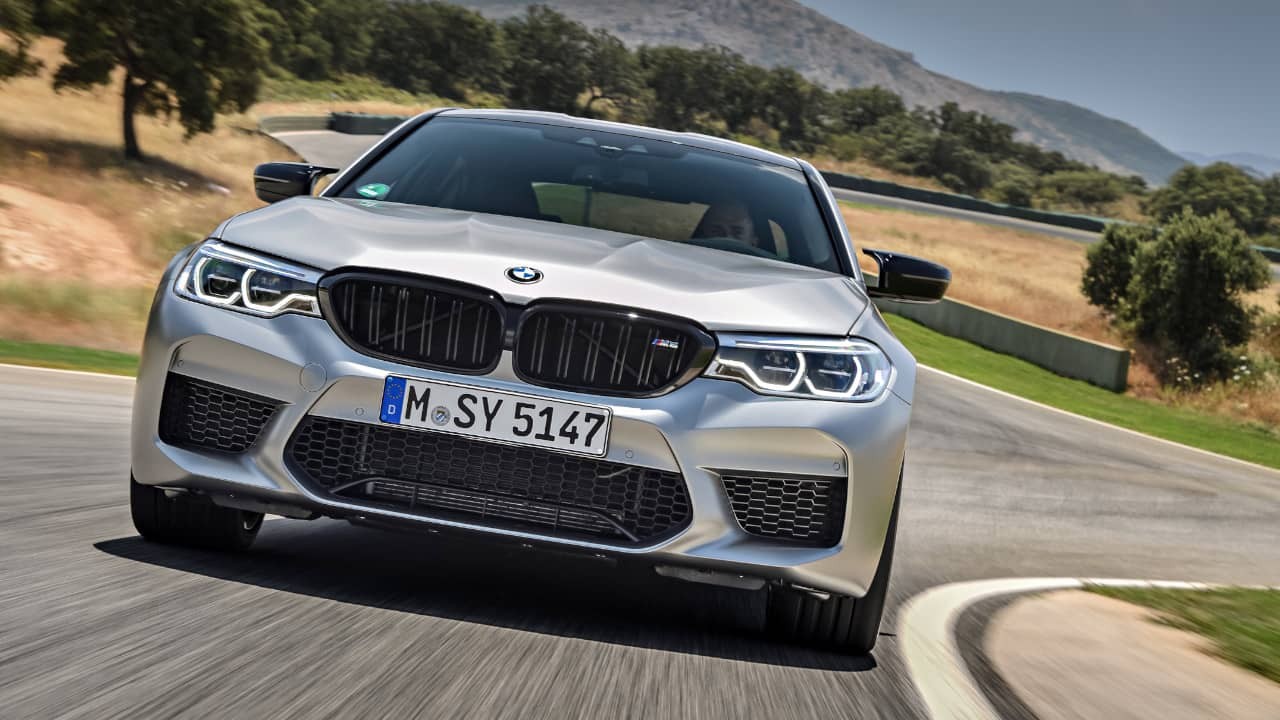If you’re driving a relatively new car, chances are it comes equipped with multiple driving modes. The automotive industry is constantly evolving, responding to the diverse needs and desires of drivers. Modern technology allows vehicles to offer a range of driving modes, but what exactly do these modes do?
Essentially, a driving mode is a setting that adjusts your car’s driving characteristics and dynamics. Drivers can select these modes to match their current mood, adapt to specific driving conditions, or navigate varying terrains more effectively. It’s about tailoring the car’s behavior to enhance your driving experience.
Understanding the Functions of Different Car Modes
Driving modes can alter a variety of parameters in your vehicle, enabling it to perform in different ways. At their core, driving modes can modify:
- Throttle Response: Adjusting how sensitive the accelerator pedal is, making it more or less responsive to your input.
- Suspension Stiffness: Changing the firmness of the suspension system, offering a softer, more comfortable ride or a stiffer, more performance-oriented feel.
- Gearbox Sharpness: Modifying the speed and aggressiveness of gear changes, resulting in faster or smoother transitions.
- Automated Assistance: Automatically configuring the car’s systems to optimize performance for specific terrains or road surfaces.
- Electric Vehicle Operation: Switching the car to fully electric mode in plug-in hybrid electric vehicles (PHEVs).
- Ground Clearance Adjustment: Raising or lowering the vehicle’s ride height, often found in SUVs, luxury cars, and supercars, to improve off-road capability or aerodynamic performance.
Exploring Popular Car Driving Modes and Their Purpose
While many cars share driving mode names, their exact functions can vary depending on the car manufacturer and the vehicle’s specific design. However, some driving modes are commonly found across different brands:
- Normal Mode: Typically the default setting, offering a balanced driving experience suitable for everyday use.
- Eco Mode: Prioritizes fuel efficiency by optimizing engine and transmission settings, often resulting in reduced throttle response and earlier gear shifts.
- Comfort Mode: Focuses on maximizing ride comfort, usually softening the suspension and providing a smoother driving experience, ideal for long journeys.
- Sport Mode: Enhances the car’s performance and responsiveness. This mode typically sharpens throttle response, and in some vehicles, it may also adjust suspension, gearbox, and even exhaust sound for a more engaging drive.
- Sport Plus Mode: An even more dynamic version of Sport mode, often further enhancing performance and sometimes disabling driver aids like traction control for a more raw driving experience.
- Track Mode: Designed for closed circuits and race tracks, this mode sets the car up for maximum performance, often with aggressive settings and minimal electronic intervention.
- Dynamic Mode: Often used as an alternative name for Sport mode, offering similar enhancements in performance and driver engagement.
- Terrain Mode: Found in SUVs and off-road vehicles, Terrain modes optimize the car’s systems for better traction and control on challenging surfaces like snow, mud, or sand.
- Drift Mode: Typically available in all-wheel-drive performance cars, Drift mode biases power delivery to the rear wheels, making it easier to initiate and sustain controlled drifts.
- Individual/Custom Mode: Allows drivers to personalize the car’s settings, tailoring parameters like steering feel, suspension stiffness, and engine response to their specific preferences.
Driving Mode Variations Across Car Manufacturers
While the core functionalities of driving modes are generally consistent, manufacturers often use different names and fine-tune the characteristics of each mode to align with their brand identity and vehicle type. Here are some examples of driving mode names used by different manufacturers:
- BMW M: Comfort, Sport, Sport Plus
- Porsche: Normal, Wet, Sport, Sport Plus, Individual
- Ford (Focus RS): Normal, Sport, Track, Drift
- Hyundai (N Models): Eco, Normal, Sport, N, N Custom
- Mercedes-AMG: Comfort, Sport, Sport Plus
- Land Rover: Comfort, Eco, Dynamic (along with Terrain Response modes for specific off-road conditions)
As you can see, “Comfort” and “Sport” are common names, while some manufacturers like Jaguar and Audi also utilize “Dynamic” as a sporty driving mode option.
Are Car Driving Modes Useful or Just a Gimmick?
Driving modes are far from being a gimmick; they are a valuable feature that adds versatility to modern vehicles. They allow a car to possess multiple personalities, adapting its behavior to perfectly suit the driver’s mood and driving conditions.
Imagine cruising on the highway at a steady speed. In this scenario, an aggressive “Dynamic” mode with a loud exhaust might be undesirable. Switching to “Comfort” mode typically softens the car’s responses, making it more relaxed and fuel-efficient. Some large-engine cars in Comfort mode even deactivate cylinders and quieten the exhaust for a more serene driving experience.
Conversely, when you crave a more spirited drive, engaging “Dynamic” or “Sport” mode can transform the car. These modes often open exhaust valves for a more thrilling sound and sharpen the car’s responses, providing a more engaging and dynamic driving experience.
Find the Perfect Car with the Right Driving Modes for You
No matter what kind of driving experience you prefer, there’s a good chance that your next car will offer multiple driving modes to cater to your needs.
Whether you prioritize a relaxing and comfortable ride, an exhilarating and sporty performance, or maximum fuel efficiency, driving modes provide the flexibility to switch between these characteristics as your mood and driving conditions change.
Explore our selection of new car deals or used cars to find your ideal vehicle and discover more about its available driving modes. You can also reach out to your preferred Evans Halshaw retailer for personalized assistance.
